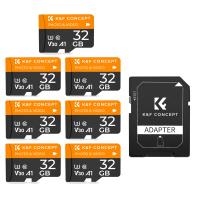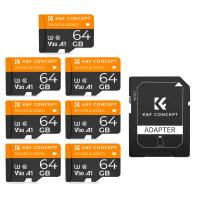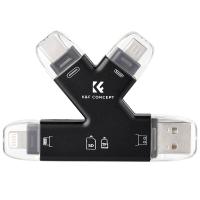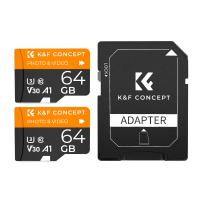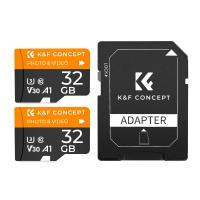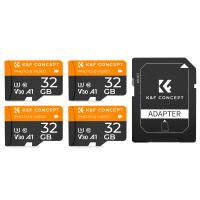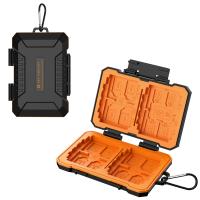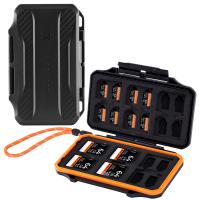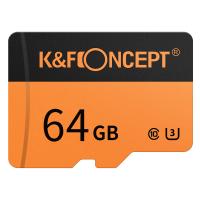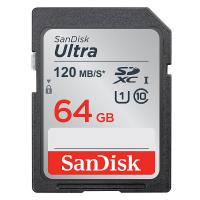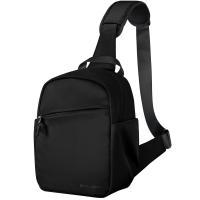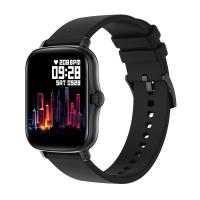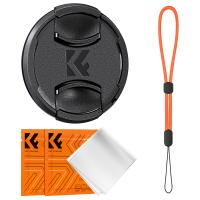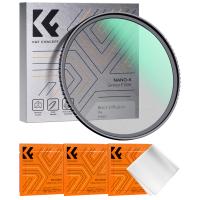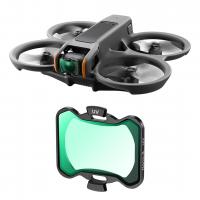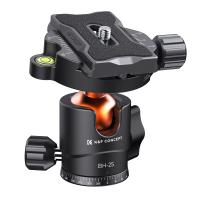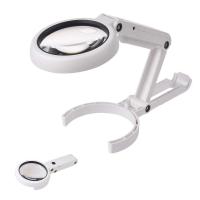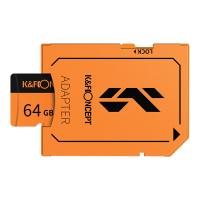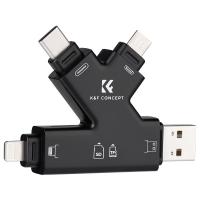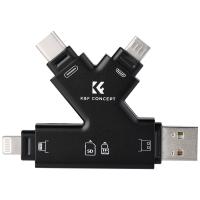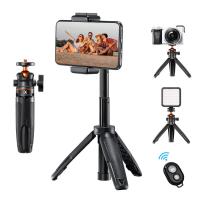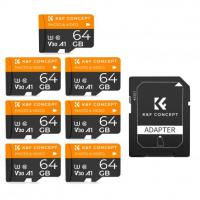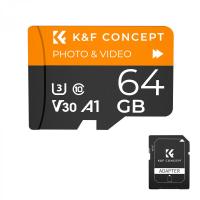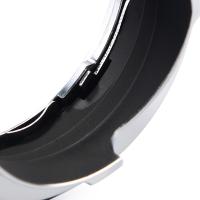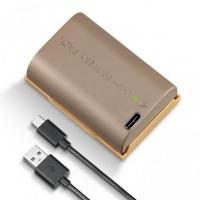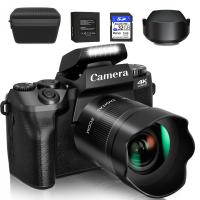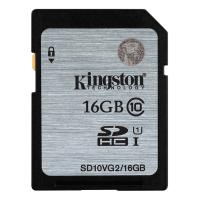Can You Save Apps On An Sd Card?
Maximizing Storage: How to Save Apps on an SD Card
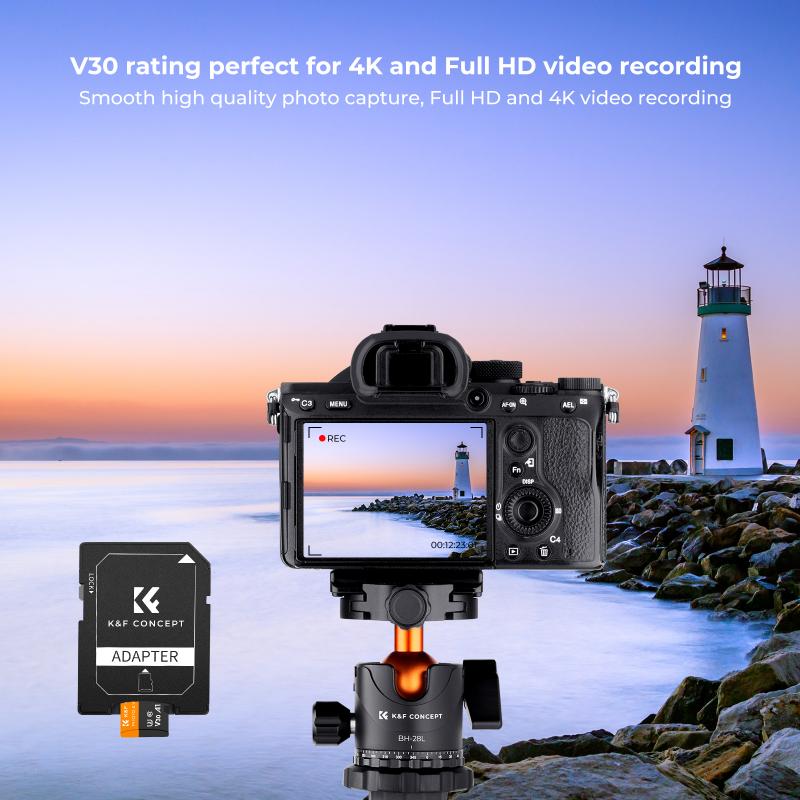
As the digital age continues to evolve, the demand for greater storage capacity on smartphones and tablets is skyrocketing. Despite internal storage advancements, users often find themselves running out of space due to the increasing size of apps and the wealth of multimedia content they store. A viable solution for many is the use of SD cards to offload some of this data. This article delves into how you can save apps on an SD card, discusses its practicality, and answers common questions around the process.
---
Why Use an SD Card for Apps?
Modern smartphones often come with ample storage, but heavy app users and those who handle extensive multimedia content may still face space shortages. This is where SD cards come in handy:
1. Additional Storage: An SD card can instantly expand your device's storage.
2. Cost-Effective: Compared to upgrading to a device with larger internal storage, adding an SD card is generally more affordable.
3. Flexibility: SD cards can store apps, photos, videos, and other data.
However, not all devices support this feature, and the process depends on your device’s operating system and hardware compatibility.
---
Steps to Save Apps on an SD Card
1. Verify Device Compatibility
Before you begin, ensure your device supports both SD cards and the ability to move or install apps on them. While many Android devices allow this, iPhones do not support external storage for apps. You can confirm this in your device’s user manual or settings.
2. Insert the SD Card
Carefully insert the SD card into your device’s designated slot. Modern devices automatically detect the card, but if not, you may need to format it.
3. Format the SD Card as Internal Storage (Android Devices)
For Android devices, formatting the SD card as internal storage allows apps to be saved directly onto it. Here’s how:
- Go to Settings > Storage.
- Select the inserted SD card and choose the option to format it as internal storage.
- Confirm and wait for the formatting process to complete.
> Note: Formatting as internal storage erases all data on the SD card, so ensure you back up any existing files.
4. Move Existing Apps to the SD Card
Once formatted, you can move apps already installed on your device to the SD card:
- Open Settings > Apps.
- Select an app you want to move.
- Tap Storage and then choose Change.
- Select the SD card as the new storage location.
Not all apps can be moved to an SD card, especially those that are critical for system functions or those explicitly designed to operate only on internal storage.
5. Install New Apps Directly on the SD Card
When downloading new apps, some devices allow you to choose the SD card as the installation destination. Ensure your SD card is formatted as internal storage for this option to be available.
---
Benefits and Limitations
Benefits
- Free Up Internal Storage: Moving apps to an SD card frees up valuable internal space, making your device faster and more efficient.
- Seamless Multimedia Management: Apps with large caches, like games or photo editors, can offload their data to the SD card.
Limitations
- Performance Issues: Apps stored on an SD card might run slower than those on internal storage due to slower read/write speeds.
- App Compatibility: Some apps, especially those requiring high security (e.g., banking apps), may not support SD card storage.
- SD Card Durability: SD cards have a finite lifespan, and frequent read/write cycles can reduce their performance over time.
---
Tips for Optimal Use
1. Invest in High-Quality SD Cards: Choose SD cards with high read/write speeds (Class 10 or UHS-I/UHS-II) for better performance.
2. Regular Backups: Frequently back up data from the SD card to avoid data loss in case of corruption or damage.
3. Monitor Space Usage: Keep track of your SD card’s available space to ensure it doesn’t get overloaded.
---
Troubleshooting Common Issues
1. Apps Not Moving to SD Card
- Ensure the app supports SD card storage. Some apps are designed to remain on internal storage due to system dependencies.
- Check if the SD card is formatted correctly and functioning.
2. SD Card Not Detected
- Verify that the SD card is properly inserted and not damaged.
- Restart your device to refresh its storage recognition.
3. Performance Lag
- Switch to a higher-speed SD card for better app performance.
- Move resource-intensive apps back to internal storage.
---
Alternative Solutions
If your device does not support saving apps on an SD card, consider these alternatives:
1. Cloud Storage: Offload photos, videos, and documents to cloud services like Google Drive or Dropbox.
2. Device Upgrade: Invest in a smartphone or tablet with more substantial internal storage if storage issues persist.
3. Storage Management Apps: Use apps designed to optimize storage by clearing unnecessary files and caches.
---
Conclusion
Saving apps on an SD card can be a lifesaver for those struggling with limited internal storage, but it’s not without its challenges. While the process is straightforward, ensuring device compatibility, choosing the right SD card, and understanding the limitations are crucial for a smooth experience. By taking these factors into account, you can effectively maximize your device’s storage capacity and enhance its overall performance.
Whether you’re a gamer, a photographer, or just an everyday smartphone user, leveraging SD cards can make your digital life more manageable. Follow the steps outlined above, and enjoy the freedom of expanded storage space.


